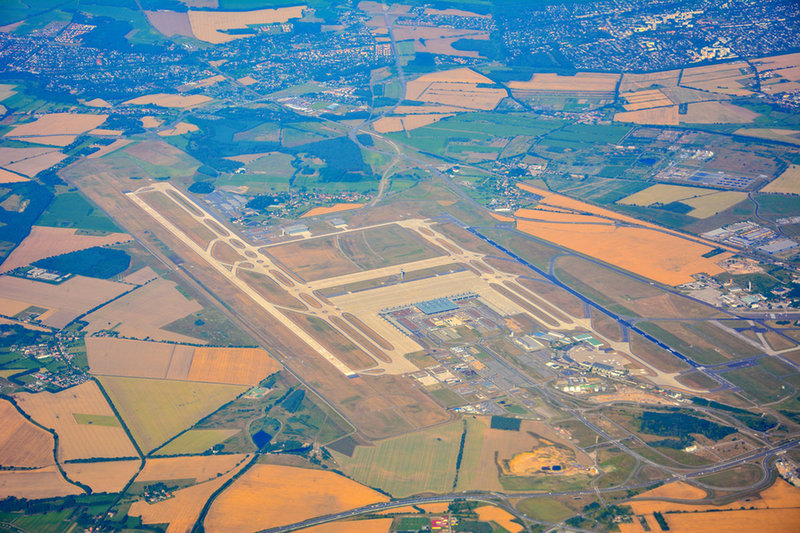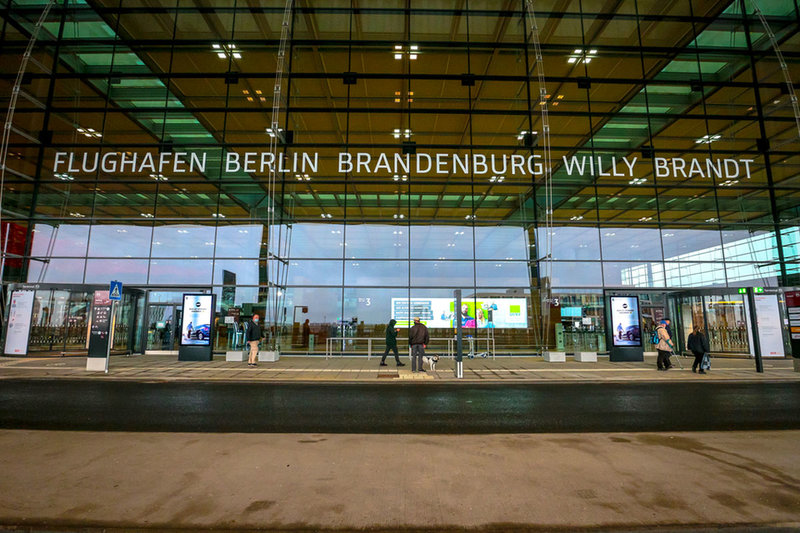A new project for a unified Berlin
In 1990, after the reunification of Germany, authorities proposed a plan to build an airport that would accommodate the needs of the newly unified Berlin. The towns of Jüterbog, Schönefeld and Sperenberg – all situated in the north-eastern state of Brandenburg and all equipped with airfields – were initially considered as the new airport’s location.
Six years later, the project’s shareholders – which included the city-state of Berlin, the state of Brandenburg and the German Federal Government – rejected the initial plan of building a new hub for the region and instead opted for expanding the existing Schönefeld Airport, turning it into Berlin Brandenburg International Airport.
Schönefeld was chosen not only because of its proximity to the capital, but also because both Berlin and Brandenburg could gain economic benefit from the investment. As part of the renovation project, the airport was expanded by 9.7km2, reaching a total area of 14.7km2.
Between 1997 and 2003, a series of negotiations regarding privatisation and the tender process took place. As a result, privatisation was rejected and the project was given to Flughafen Berlin Brandenburg GmbH (FBB), the airport’s managing company.

